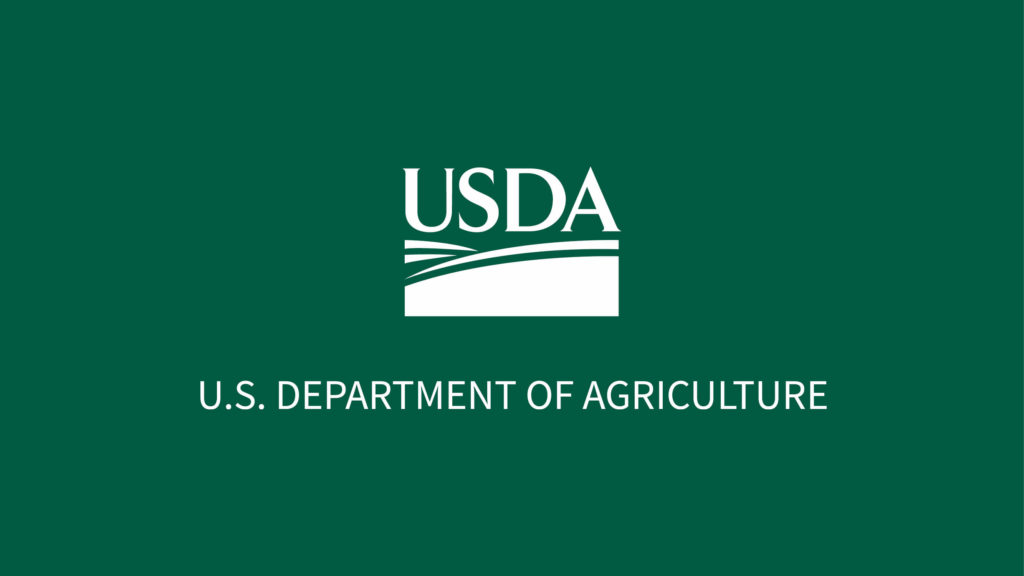Southeast specialty crop producers are reminded that July 17 is a major deadline to file acreage reports with the U.S. Department of Agriculture (USDA) for most crops.

Crop acreage reports document the crops grown on producers’ farms and ranches along with their intended uses. Farmers must file timely acreage reports to be eligible for many of the USDA programs.
These USDA programs include crop insurance, safety net and disaster assistance programs. Filing an accurate and timely acreage report for all crops and land uses, including failed acreage and prevented planted acreage, can prevent the loss of benefits.
Farm Service Agency staff at your local USDA Service Center can provide growers with maps and acreage reporting deadlines by crop for their respective counties. Your crop insurance agent can assist with reporting information necessary for crop insurance benefits.
Growers who file a crop acreage report will need to provide: crop and crop variety; intended use of the crop; number of acres of the crop; map with approximate boundaries for the crop; planting date(s); planting pattern, when applicable; producer shares; irrigation practices; acreage prevented from planting, when applicable and other information as required.
The following exceptions apply to acreage reporting dates:
- If the crop has not been planted by the acreage reporting date, then the acreage must be reported no later than 15 calendar days after planting is completed.
- If a producer acquires additional acreage after the acreage reporting date, then the acreage must be reported no later than 30 calendar days after purchase or acquiring the lease. Appropriate documentation must be provided to the county office.
- Noninsured Crop Disaster Assistance Program (NAP) policy holders should note that the acreage reporting date for NAP-covered crops is the earlier of the dates listed above or 15 calendar days before grazing or harvesting of the crop begins.









